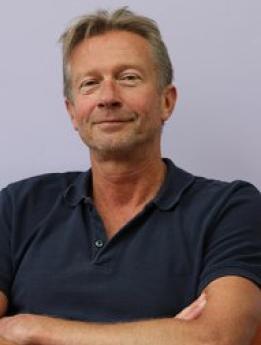
Senior Scientist
Ph.D.
Our laboratory studies how visual perception and cognition guide the smooth pursuit eye movement system. The goal of our research is to provide information about basic neural mechanisms that drive this system that will aid in the diagnosis and treatment of vision and eye movement disorders. Basic knowledge about brain function obtained through this work should generalize to help better understand devastating disorders that affect movement and perception such as schizophrenia, Parkinson's, and Alzheimer's diseases.
